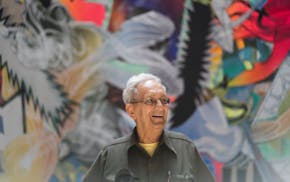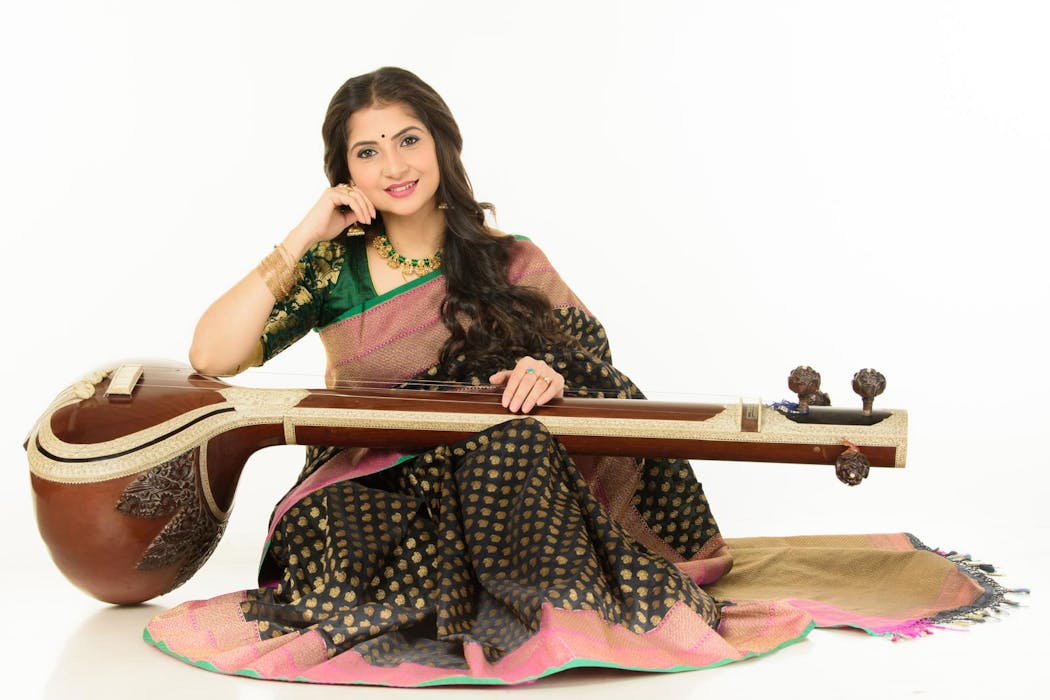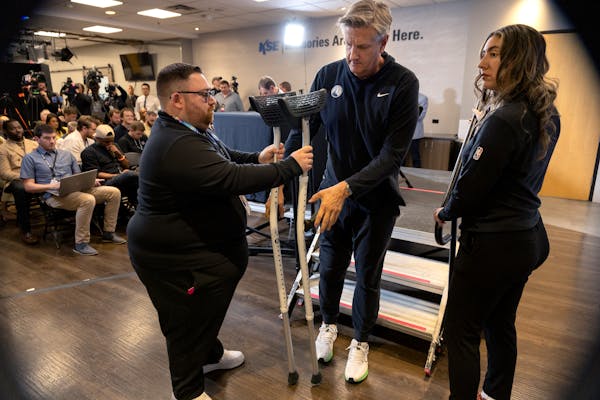She says raag, taal and gamak. He says ragam, talam and gamakam. But when Kaushiki Chakraborty and Ambi Subramaniam come together onstage they converse only in one language — music.
Whether it's for their individual compositions or jugalbandi (a duet of two solo musicians), the Hindustani singer and Carnatic violinist use harmonic scales, rhythmic cycles and stretched ornamented notes to convey the structure of the two genres of Indian classical music.
Both come from musical lineages, have had an appetite for music from a very young age and were taught by their renowned fathers. Chakraborty, 44, started singing from the time she could talk. She was 7 when she started getting formal lessons from her Hindustani singer and composer father, Ajoy Chakrabarty. Today, the Kolkata, India, native has become the face of the Patiala gharana (stylistic school) and praised for her multi-octave range.
The 32-year-old Subramaniam (no relation to the writer), who was born in Los Angeles, was just 3 when he learned to play the violin from his maestro father, L. Subramaniam. "I wanted to copy whatever my father was doing," he said. "Then at some point, the teaching became more formalized." His family moved to Bangalore, India, when he was 4 after his mother died.
The commonalities of their musical upbringing, mutual respect and compatibility are what brought the two together; they kicked off a six-city U.S. tour in Seattle last week. "I have followed Kaushikiji's music for a long time, and I have loved it," Subramaniam said.
They will be accompanied by Akshay Anantapadmanabhan (mridangam), Yashwant Vaishnav (tabla), Sowmiya Narayanan (ghatam) and Jyotirmoy Banerjee (harmonium) when they perform Friday at St. Paul's Fitzgerald Theater.
Subramaniam spoke last week about their collaborating styles and lessons he has learned on this tour and from his father when the troupe was traveling from Seattle to Portland, Ore., by train. The conversation has been edited for brevity and clarity.
Q: What do you like about this jugalbandi?
A: I love the collaboration. It has brought us together as artists. It's also a lot of fun because we perform traditional Carnatic and Hindustani pieces as well as our own compositions, and we do this all as a group.
Q: With your styles so different, how do you go about collaborating?
A: One really nice thing about the entire group — Kaushikiji, the three percussionists and the harmoniumist — is that the artists are versatile and want to try different things. We all want to learn from each other, and that's something I find very special. So, when someone comes up with idea, we want to experiment with it and are happy to do it.
Q: Both of you are known for improvising onstage. When do you know it's your time to stop playing and it's her time to start singing?
A: The more you perform with a person, the understanding gets better. It's also important to know that you are creating the concert together. It's not that I'm doing something and she's doing something else. You need to feed off each other's ideas. I try to figure out what she's doing and then pick it up from there. We are trying to tell a combined story, if that makes sense. So, in a lot of ways, the individual contribution really does not matter.
Q: There's no space for any ego then.
A: Yeah, yeah, for sure. When you are performing as a group, I don't think there can be any ego because it's about creating something together. Maybe this is a little bit of my composing background talking, but when I'm onstage, I feel I have done a good job when I'm able to get the best out of everyone around me. Obviously, I need to do my best, but if I'm able to create the space where the tabla player and the harmonium player are having their best day, then automatically the concert will be a good one.
Q: You are well versed in both the Western and Carnatic styles. How are they common and different?
A: I think that in itself is a Ph.D. topic. There are a lot of technical differences, including the way you hold the violin. I look at music as an emotion. And at the end of the day, whether I'm playing Carnatic, Hindustani or Western classical music, I'm trying to tell a story and what I feel. So, in that respect, I think the two are similar.
Q: Would you say it's easy to move from one style to another?
A: I think it's like learning different languages. If you are comfortable speaking multiple languages, you'll be fine switching from one style to another. Many times, I find artists try to compartmentalize styles. If a person is playing Bach, the tendency is to shut out a raga that comes to mind. I don't think that is entirely useful. One style helps the other, and when you look at it that way, music is more fun.
Q: Your father has been your guru. What is something he has taught that you will treasure for the rest of your life?
A: A pretty amazing thing about my father is his attention to detail. I don't think I appreciated that as a kid. He would never give any excuse for anything. So, I wasn't allowed to give excuses, either. And when something needed to be done, it had to be done well — 80% was never good enough. That mental conditioning has helped me in the way I look at life and how I approach music.
Q: So, was he a stricter guru or father?
A: Oh, definitely he was much stricter as a guru. He was relaxed as a father.
Q: What's the highest praise you have gotten from him?
A: During my growing up years, my father would say there's a difference between a person who plays music and a musician, and that I was someone who plays music. When I was about 16, I played solo at Théâtre de la Ville in Paris. On our return to the hotel that night after the performance, he looked at me and said: "You are now a musician." I will remember that for a long time.
Kaushiki & Ambi
When: 7:30 p.m. Fri.
Where: Fitzgerald Theater, 10 E. Exchange St., St. Paul.
Tickets: $30-$50, axs.com.

Helen Simonson is in Jane Austen mode with 'The Hazelbourne Ladies Motorcycle and Flying Club'

St. Paul's Arborators play in the treetops: 'We're the world's only tree-climbing brass band'

Frank Stella, towering artist and master of reinvention, dies at 87
Angel Reese, Cardoso debuts watched widely on fan's livestream after WNBA is unable to broadcast



